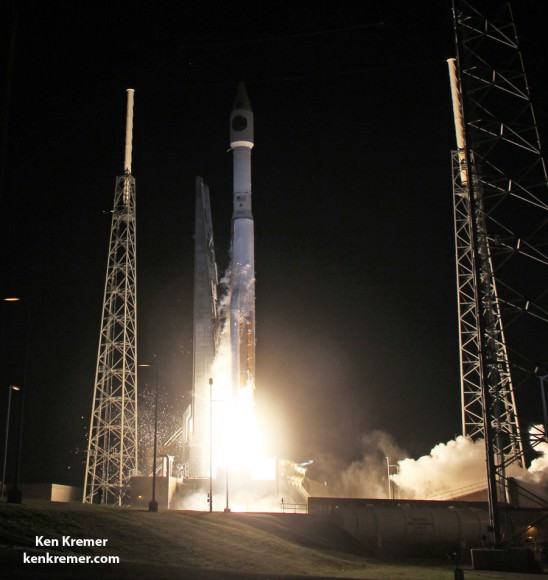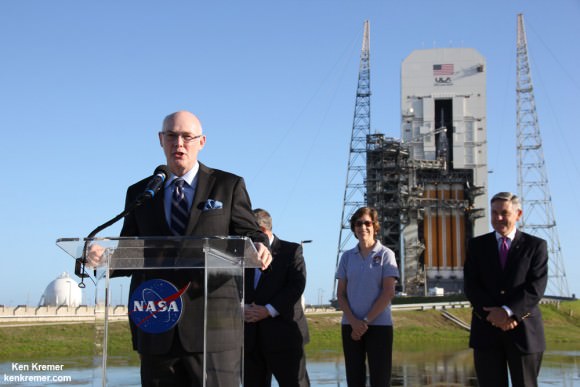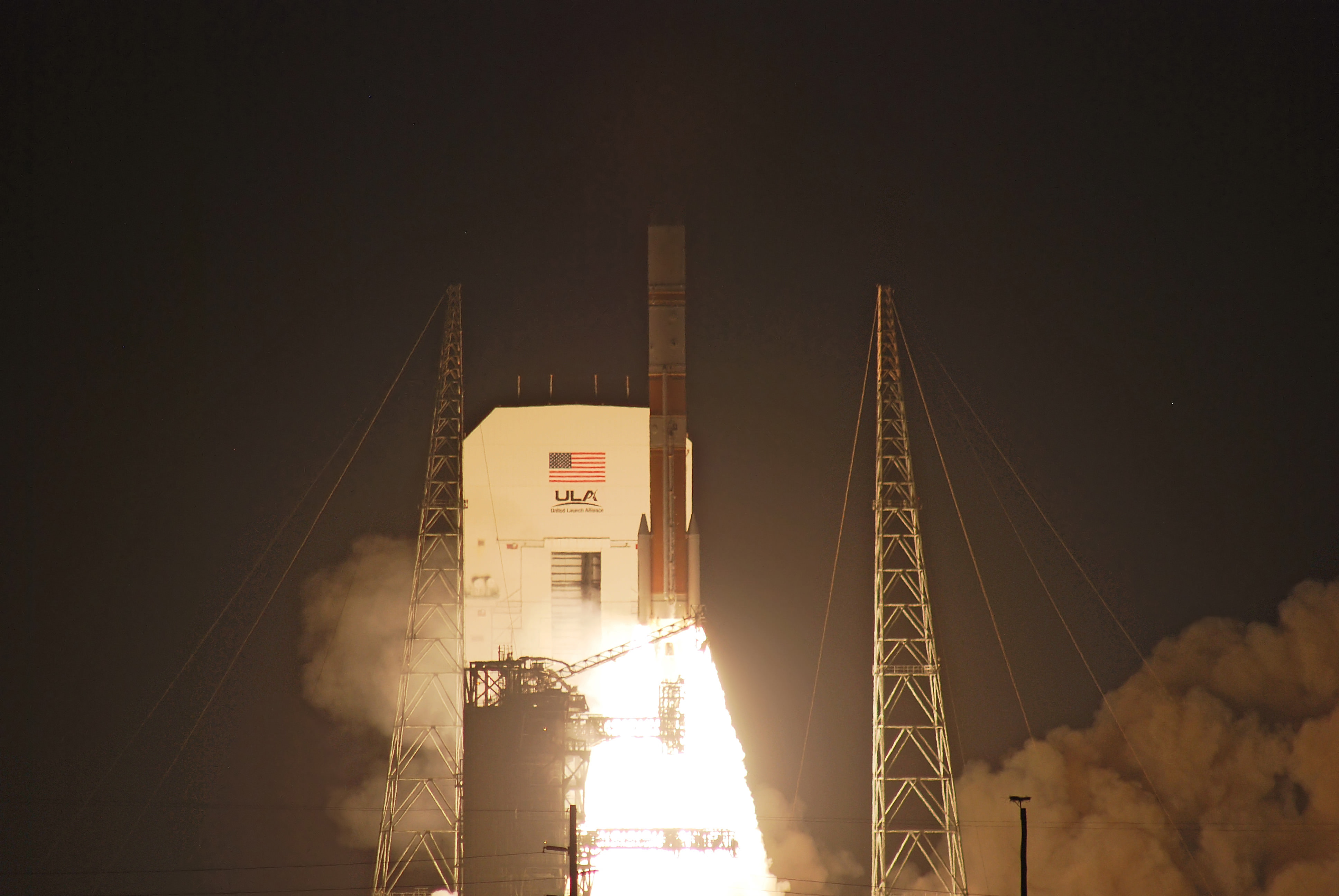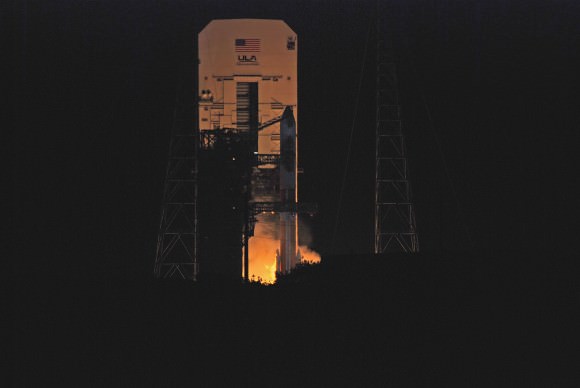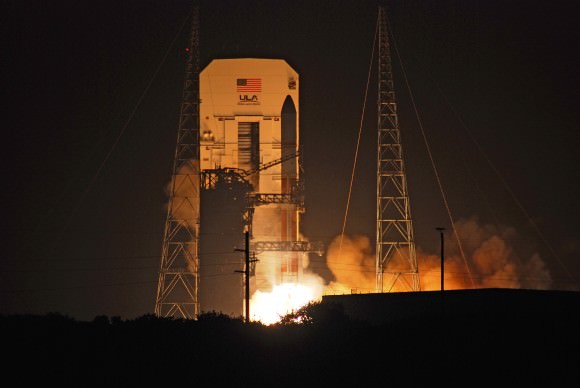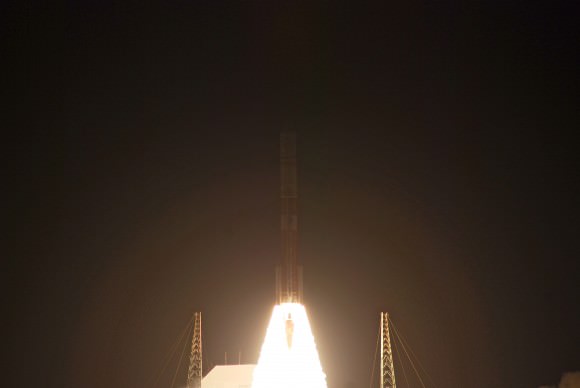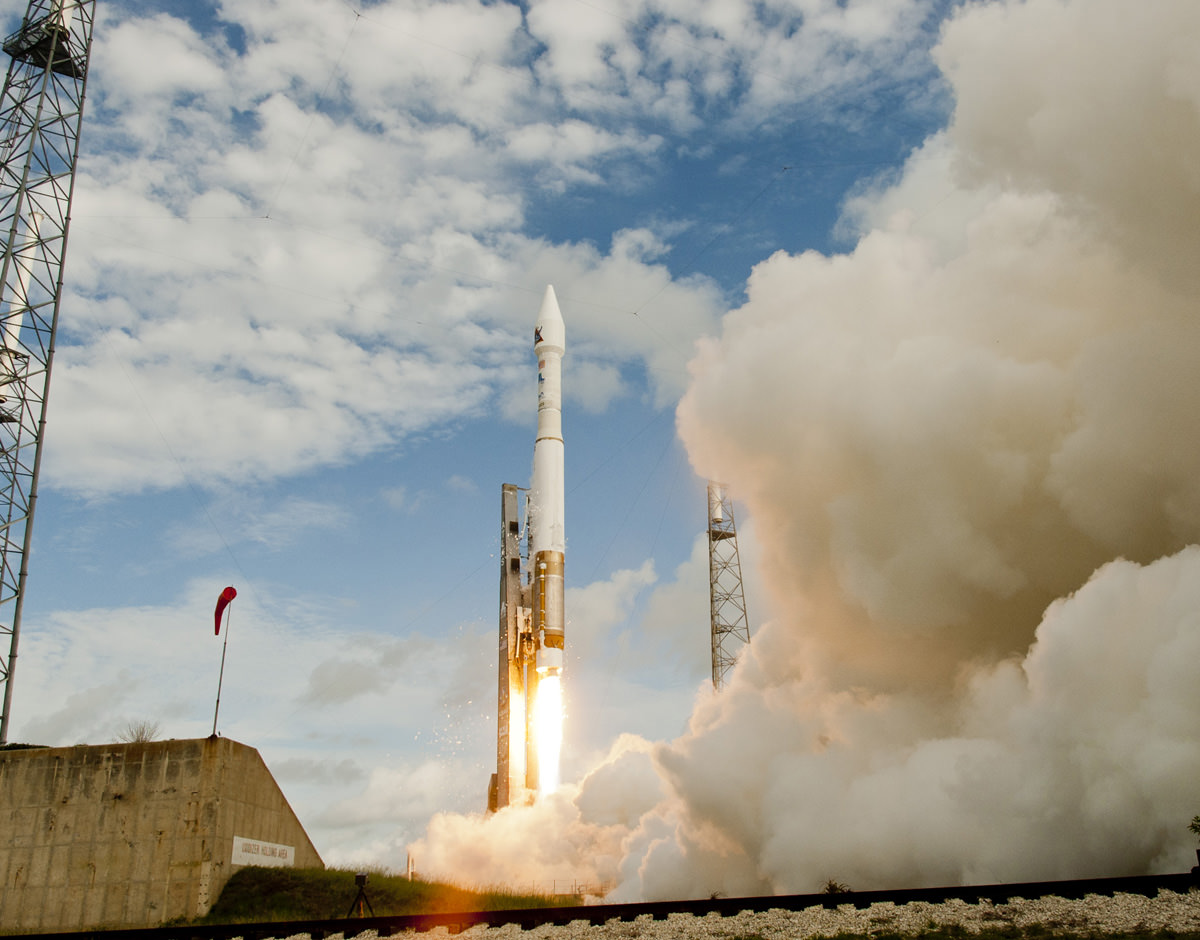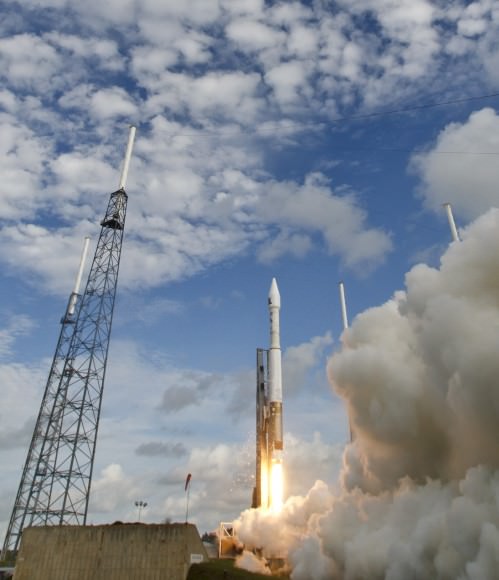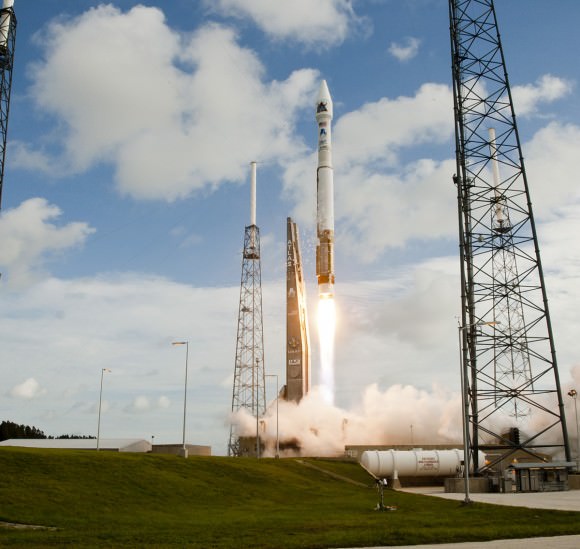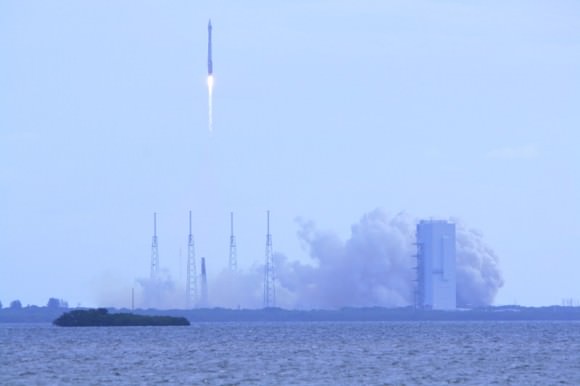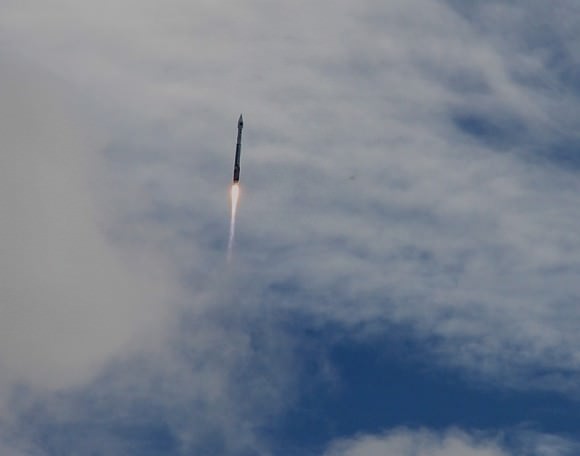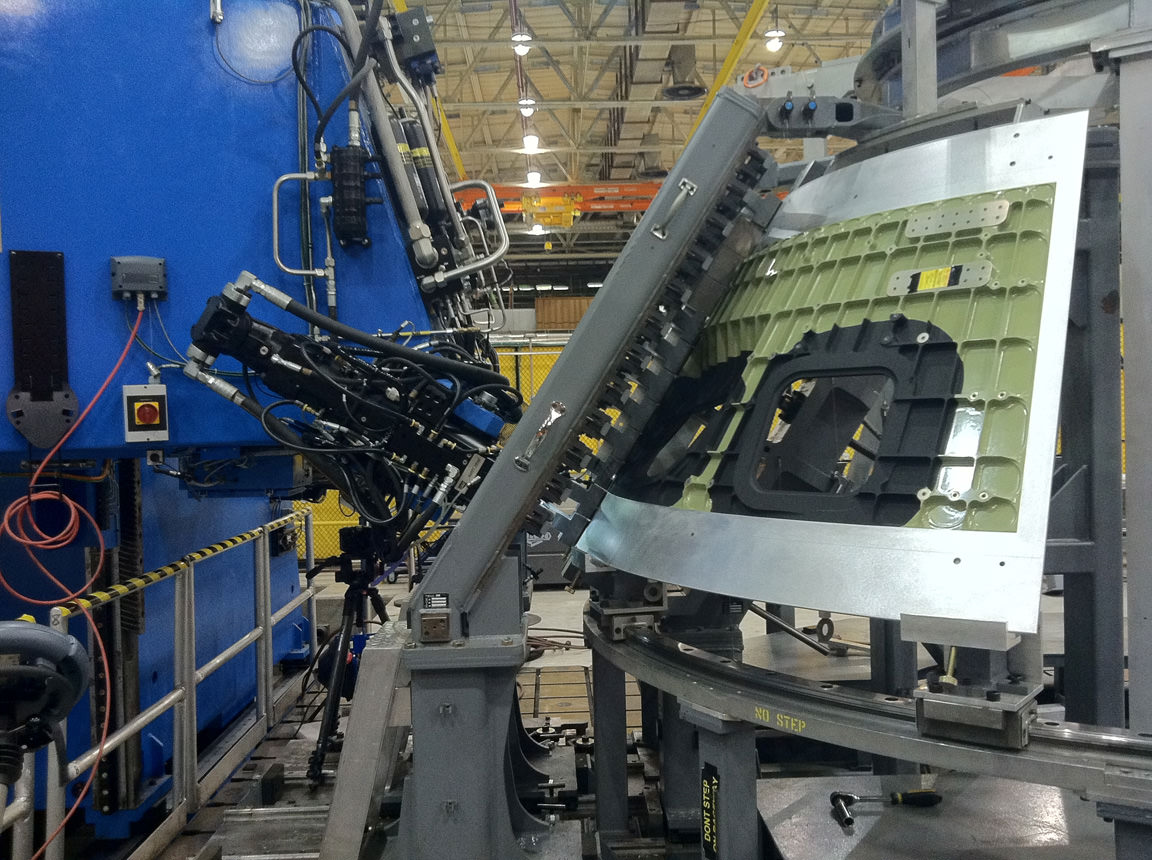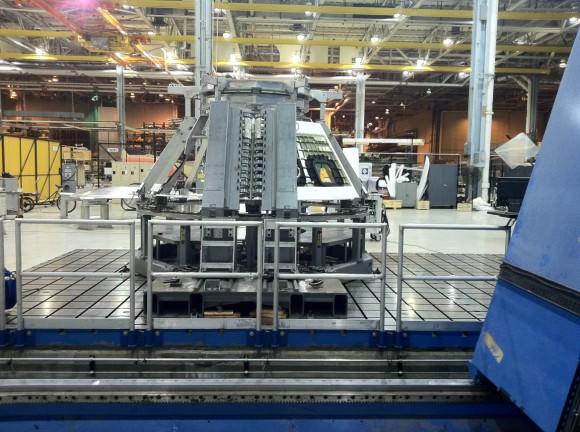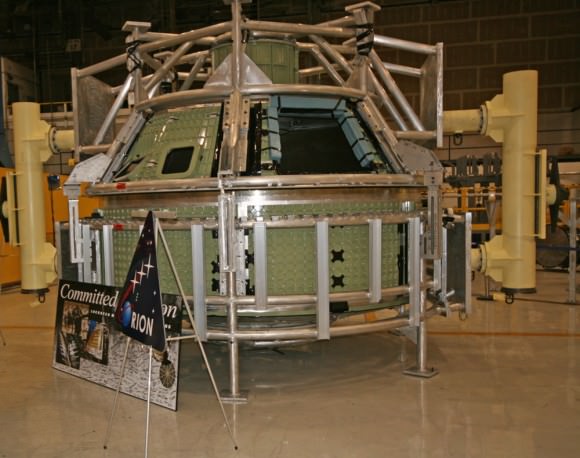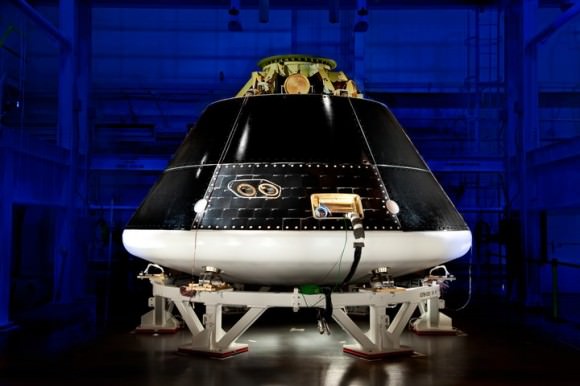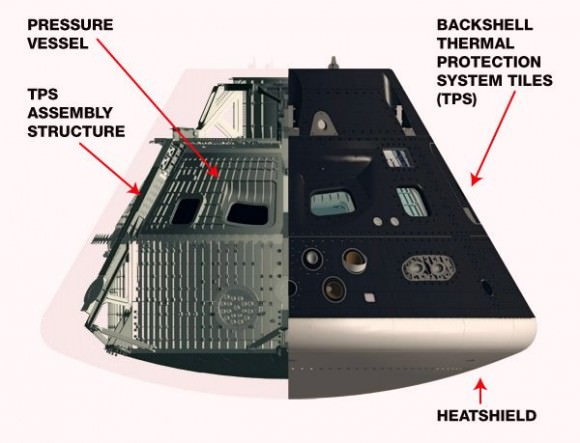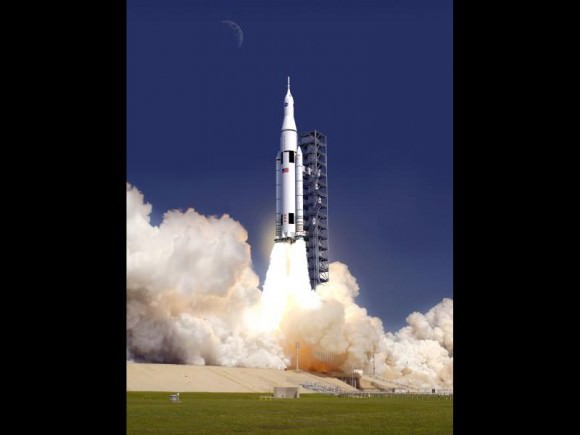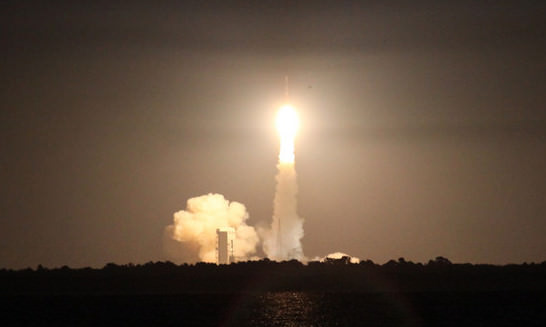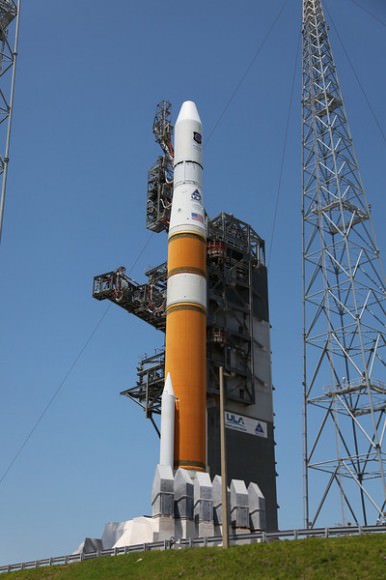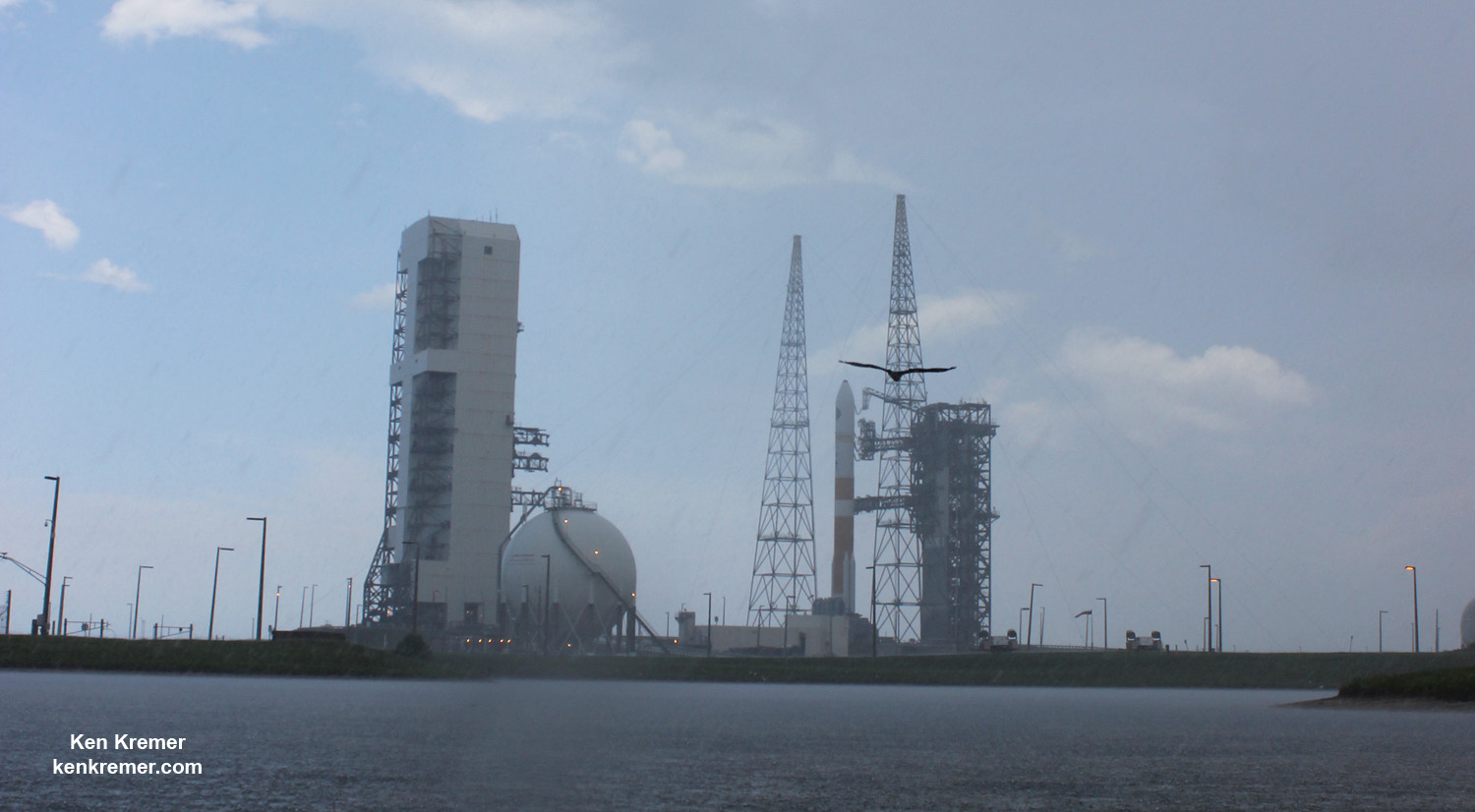
CAPE CANAVERAL AIR FORCE STATION, FL – Less than 24 hours from now the evening skies along the Florida Space Coast will light up with a spectacular burst of fire and fury as a Delta rocket roars to space with a super advanced tactical satcom for the U.S. Air Force that will provide a huge increase in communications bandwidth for American forces around the globe.
Blastoff of the Wideband Global SATCOM (WGS-8) mission for the U.S. Air Force is slated for 6:53 p.m. EST on Wednesday, Dec. 7, 2016 from Space Launch Complex-37 at Cape Canaveral Air Force Station, Florida.
WGS-8 will be delivered to a supersynchronous transfer orbit atop a United Launch Alliance Delta IV Medium+ rocket. The launch window runs for 49 minutes from 6:53-7:42 p.m. EST.
You can watch the Delta launch live on a ULA webcast. The live launch broadcast will begin at 6:33 p.m. EST here:
http://www.ulalaunch.com/webcast.aspx
The weather forecast for Wednesday Dec. 6, calls for an 80 percent chance of acceptable weather conditions at launch time.
In case of a scrub for any reason the chances for a favorable launch drop slightly to 60% GO.
WGS-8 is the first in a newly upgraded series of a trio of WGS satellites built by Boeing.
The major upgrade is inclusion of the Wideband Digital Channelizer, awarded to Boeing in June 2012.
The Wideband Digital Channelizer will provide a 90 percent improvement in satellite bandwidth for US forces.
It is also the only military satellite communications system that can support simultaneous X and Ka band communications.
WGS-8 can instantaneously filter and downlink up to 8.088 GHz of bandwidth compared to 4.410 GHz for the earlier Block I and II satellite series.
The prior Wideband Global SATCOM-7 (WGS-7) communications satellite was launched on July 23, 2015 from Space Launch Complex-37.
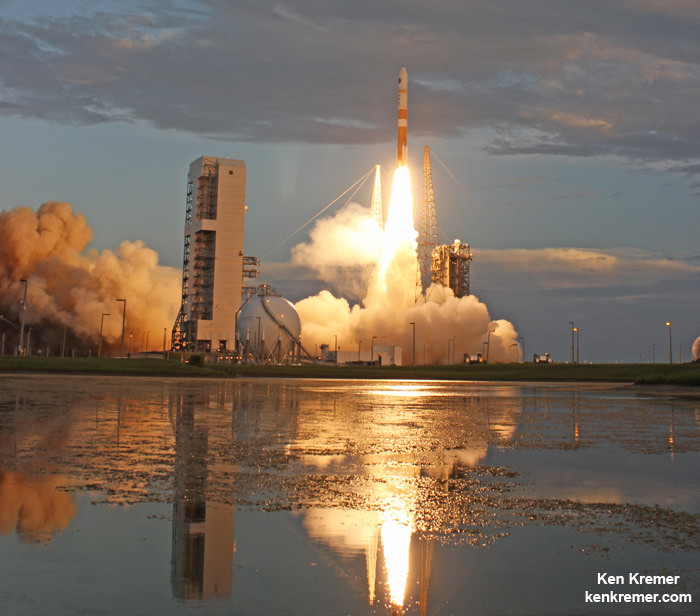
The Wideband Global SATCOM system provides “anytime, anywhere communication” for allied military forces “through broadcast, multicast and point to point connections,” according to ULA.
The $426 million WGS 8 satellite is part of a significant upgraded constellation of high capacity communications satellites providing enhanced communications capabilities to American and allied troops in the field for the coming two decades.
“WGS provides essential communications services, allowing Combatant Commanders to exert command and control of their tactical forces, from peace time to military operations.”
WGS-8 is the eighth in a series of high capacity communication satellites that will broaden tactical communications for U.S. and allied forces at both a significantly higher capacity and lower cost.
“WGS satellites are important elements of a high-capacity satellite communications system providing enhanced communications capabilities to America’s troops in the field for the next decade and beyond,” according to a ULA factsheet.
“WGS enables more robust and flexible execution of Command and Control, Communications Computers, Intelligence, Surveillance, and Reconnaissance (C4ISR), as well as battle management and combat support information functions. The WGS constellation augments the existing service available through the UHF Follow-on satellite by providing enhanced information broadcast capabilities.”
The 217 foot tall Delta IV Medium+ rocket will launch in the 5,4 configuration with a 5 meter diameter payload fairing and 4 solid rocket boosters to augment the first stage.
The is the sixth flight in the Medium+ (5,4) configuration; all of which were for prior WGS missions.
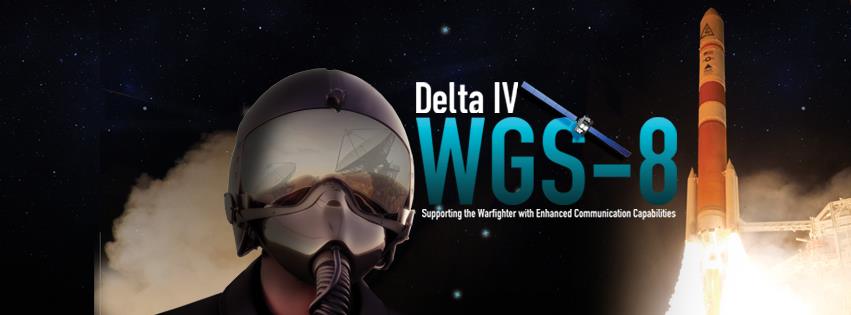
WGS-8 also counts as the first of three launches from the Cape this December. A Pegasus XL rocket will launch on Dec. 12 carrying NASA’s CGYNSS hurricane monitoring satellites. And an Atlas V will launch on Dec. 12 with the EchoStar 23 comsat.
Stay tuned here for Ken’s continuing Earth and planetary science and human spaceflight news.



